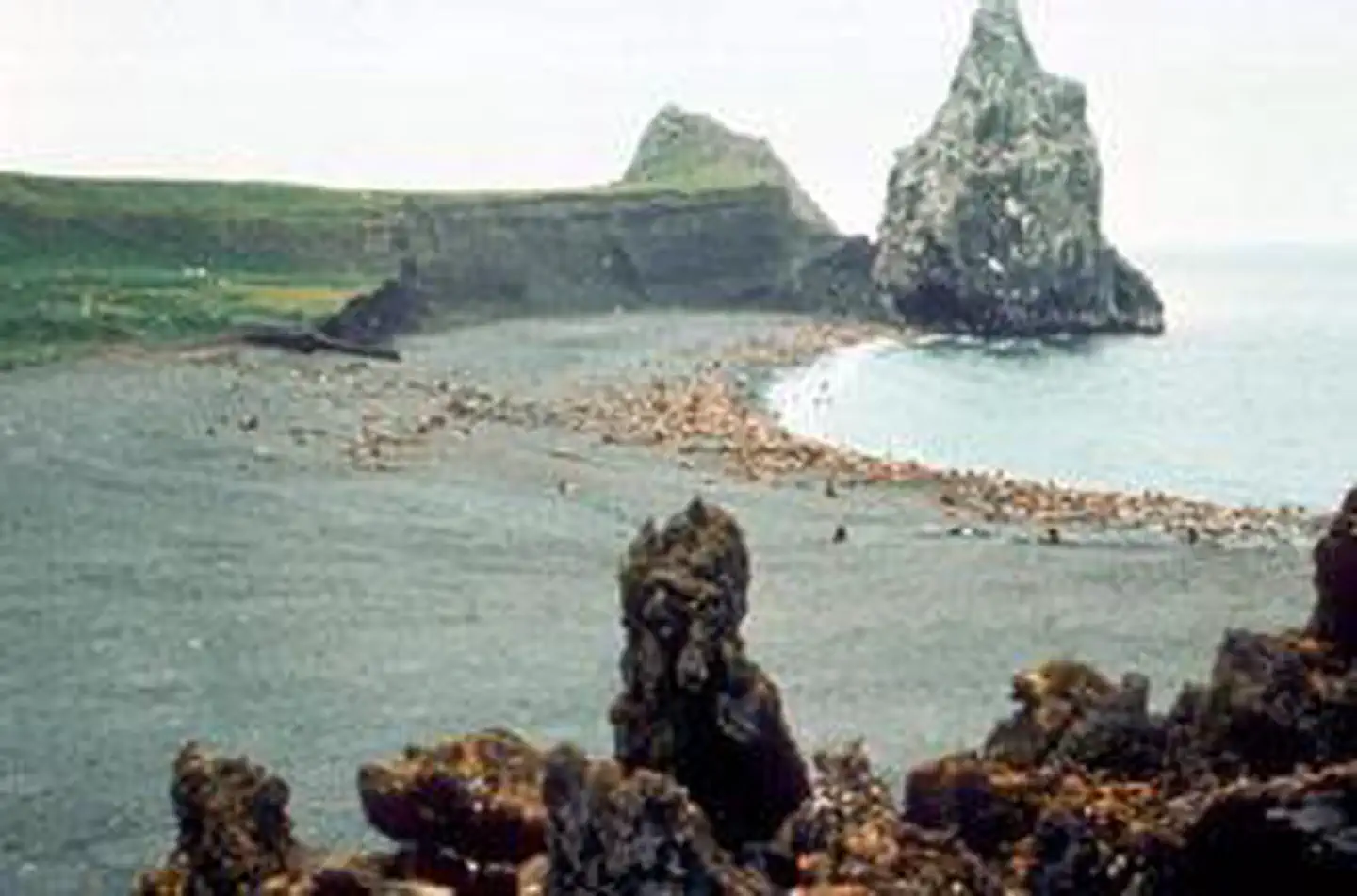Bogoslof Wilderness
Overview
Bogoslof Wilderness is managed by Fish and Wildlife Service and is located near Kodiak, Alaska.
The Bogoslof Wilderness now contains a total of 175 acres and is managed by the Fish & Wildlife Service. All of the Wilderness is in the state of Alaska. In 1970 the Bogoslof Wilderness became part of the now over 110 million acre National Wilderness Preservation System. Aleuts believed that they heard the "voice of God" (bogoslof) as a fiery eruption lifted Bogoslof Island from the cold Bering Sea around 1796. Bogoslof and little Fire Island (about five acres) became Wilderness in 1970 and a subunit of the Aleutian Islands Unit of the Alaska Maritime National Wildlife Refuge in 1980. An active volcanic island, Bogoslof has undergone change as recently as 1993. A single rugged spire, Castle Rock, stands above the island's rocky beaches and black lava. Vegetation on this domed and treeless isle is typical of the Aleutians: grasses, sedges, heath. As many as 90,000 murres, kittiwakes, puffins, and gulls nest here. A rookery of fur seals has grown in size, while a sea lion rookery that peaked with about 5,000 individuals has shrunk.
Things to Do at Bogoslof Wilderness
Recreation Activities
Popular activities at Bogoslof Wilderness include:
Nearby Activities
- Wilderness
Plan Your Visit
Getting There
Click here to see where the Bogolof Wilderness is on a map.
North of Unalaska Island, Bogoslof is difficult to access and rarely seen except over the gunwales of passing fishing boats. Winds blow almost constantly during cool foggy summers and mild foggy winters. Although the Bering Sea does not freeze here, storms come often and remain long, violently hurling wind and waves against the barren shoreline. The few boats that do arrive find no anchorages, coming only at risk and with special permission of the refuge manager for scientific or educational purposes.
GPS Coordinates: 53.93219800000000, -168.03907500000000
Contact & Resources
Phone: 907-235-6546
Additional Information:
